Patient Education
We offer general dentistry services for all age groups.
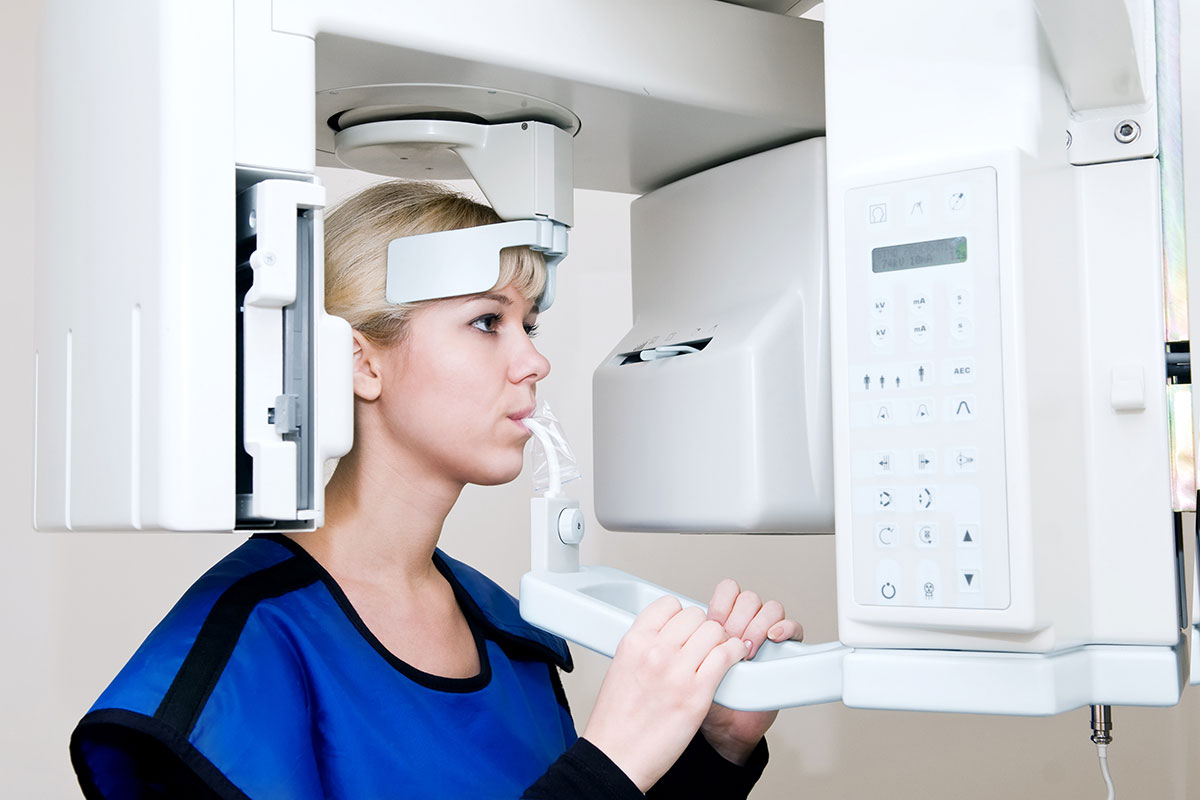
Full Mouth Exam and X-Rays
A panoramic X-ray will be taken, and then we will examine your whole mouth. While doing this, we will brief you on your dental health status and provide you with an approximate treatment plan and estimate of the costs in case of treatment.
Panoramic X-ray: This full-view X-ray visualizes all soft and hard tissues in your oral cavity. The entire process takes less than a minute and reduces radiation exposure to our patients by a massive amount.
Bitewing X-rays: As well as a panoramic radiograph, we will obtain a set of bitewing or “cavity detection” X-rays, which allow us to view the areas between the back teeth where cavities most often occur. Bitewing X-rays consist of two images on each side of the mouth.
Filling/Restoration
During a dental exam, our Crosby Family dentist will have a look at all the fillings in your mouth; he might prescribe replacement of dental fillings that are loose or broken. The dentist also checks for any signs of tooth decay like brown or black spots, and uses X-rays sometimes to locate the exact area of decay.
If one is found, he may just monitor it if it’s small or fill it right away. If a big cavity goes untreated, it will get worse. It will hurt, and it might have to be taken out and replaced with an artificial tooth. There are various types of fillings available for cavities that need to be filled.
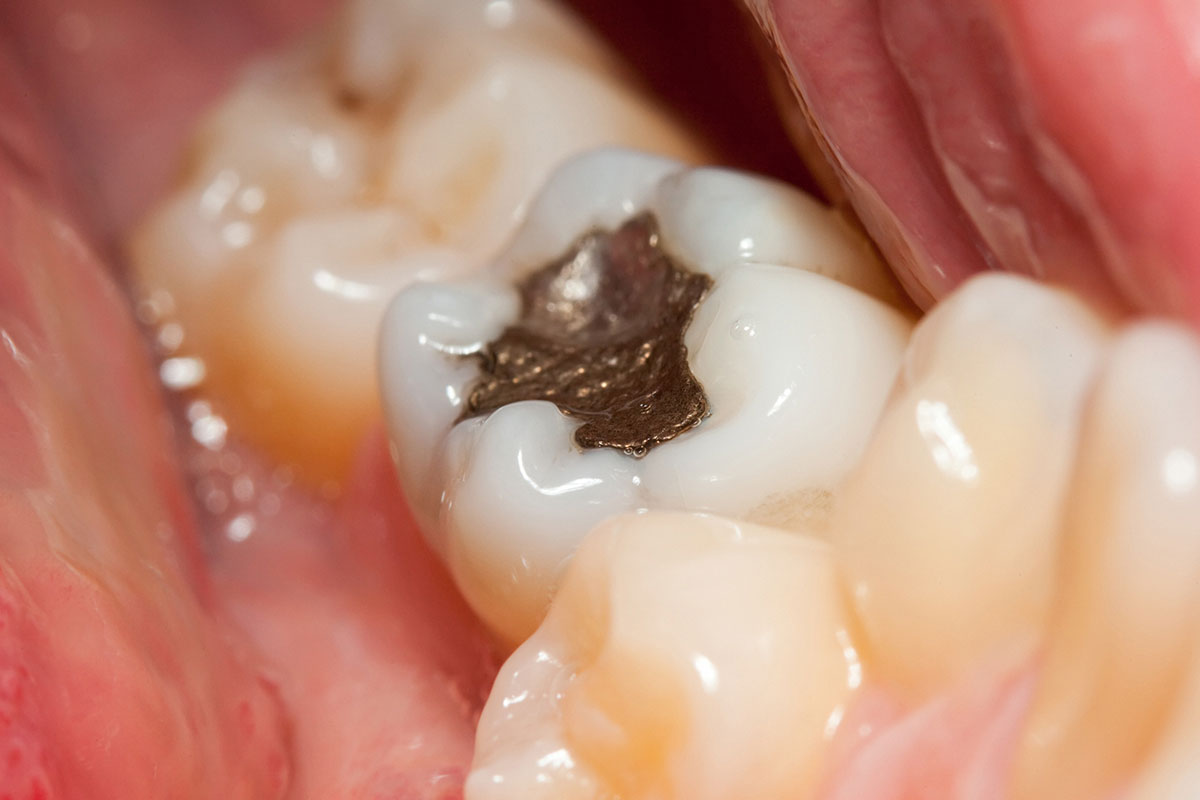

Sealants
Dental Sealants: A plastic coating applied to the chewing surface of the teeth. The sealants are very efficient in preventing tooth decay. Sealants fill in the crevices on the biting surfaces of the teeth so that food particles do not get trapped and cause cavities.
The procedure takes only a few minutes per tooth, is quite painless, and the sealant itself can last many years.
Bridges
A bridge is a false tooth, fused between two porcelain crowns, which fill in missing teeth in your mouth. The crowns on either side of the false tooth are attached to your natural teeth, securing the bridge in place. It makes the bridge non-removable and firmly fixed in its place.

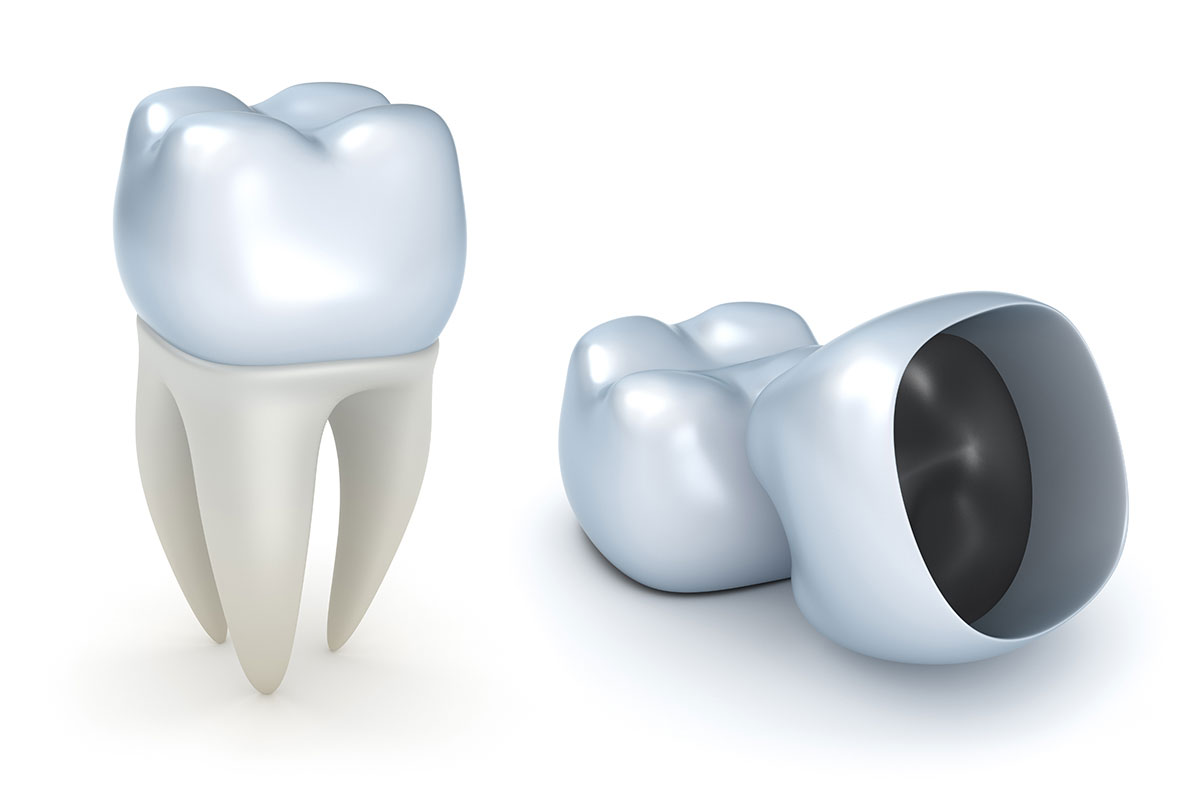
Crowns
If your tooth is still in one piece but has become weak or damaged, a crown will not only bring back its shape but also restore its appearance and functionality. You could need a crown if you have had a root canal, possess a large filling, or have a fractured tooth. A crown, otherwise known as a cap, constitutes an artificial, hollow tooth fitted over a broken or decayed tooth.
It strengthens and also safeguards the tooth against fracture. Crowns are also used to disguise cosmetic flaws, such as darkened or misshapen teeth. A crowned tooth looks and works very much like a natural one.
Tooth Extractions
Only in severe cases will the tooth need to be removed. Before extracting the tooth, our dentist will inject local anesthesia to numb the area around the tooth. And if there is a good number of teeth to be removed then a more powerful anesthetic is used, called general anesthesia.
When under general anesthesia, the whole body will be numb and you will sleep all the time during the treatment.
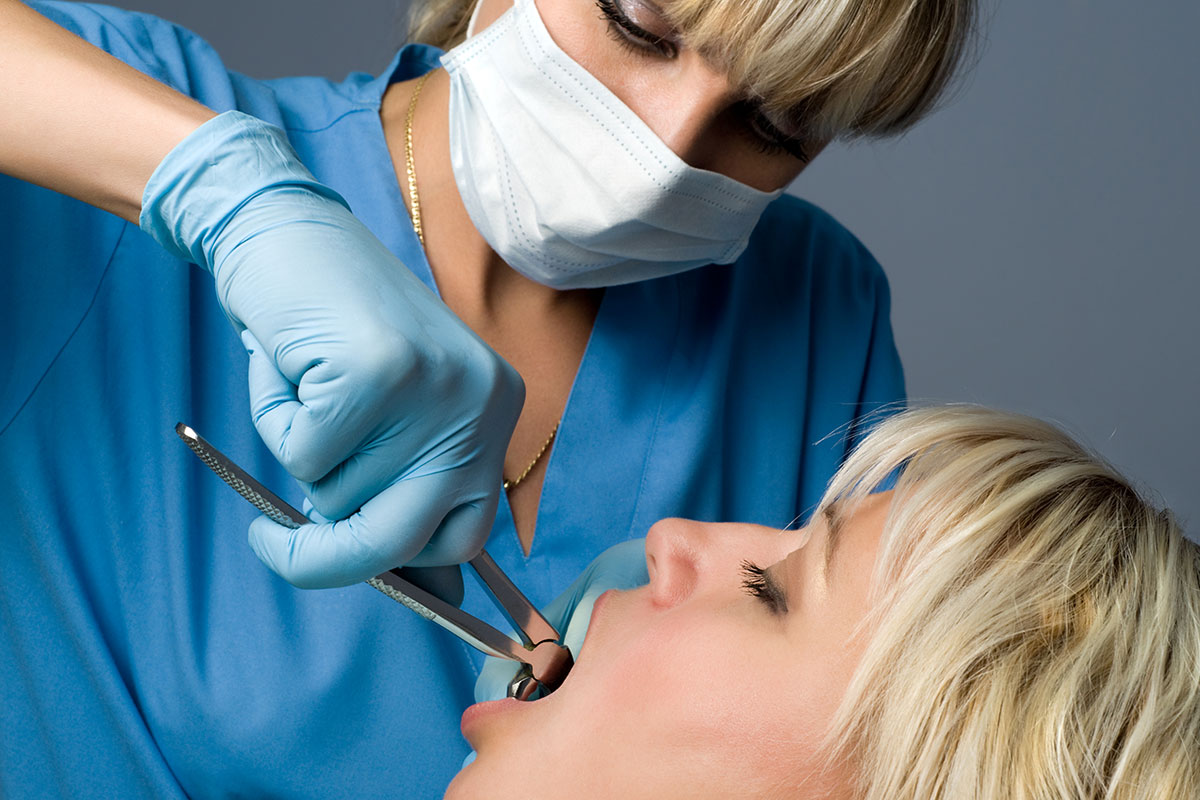
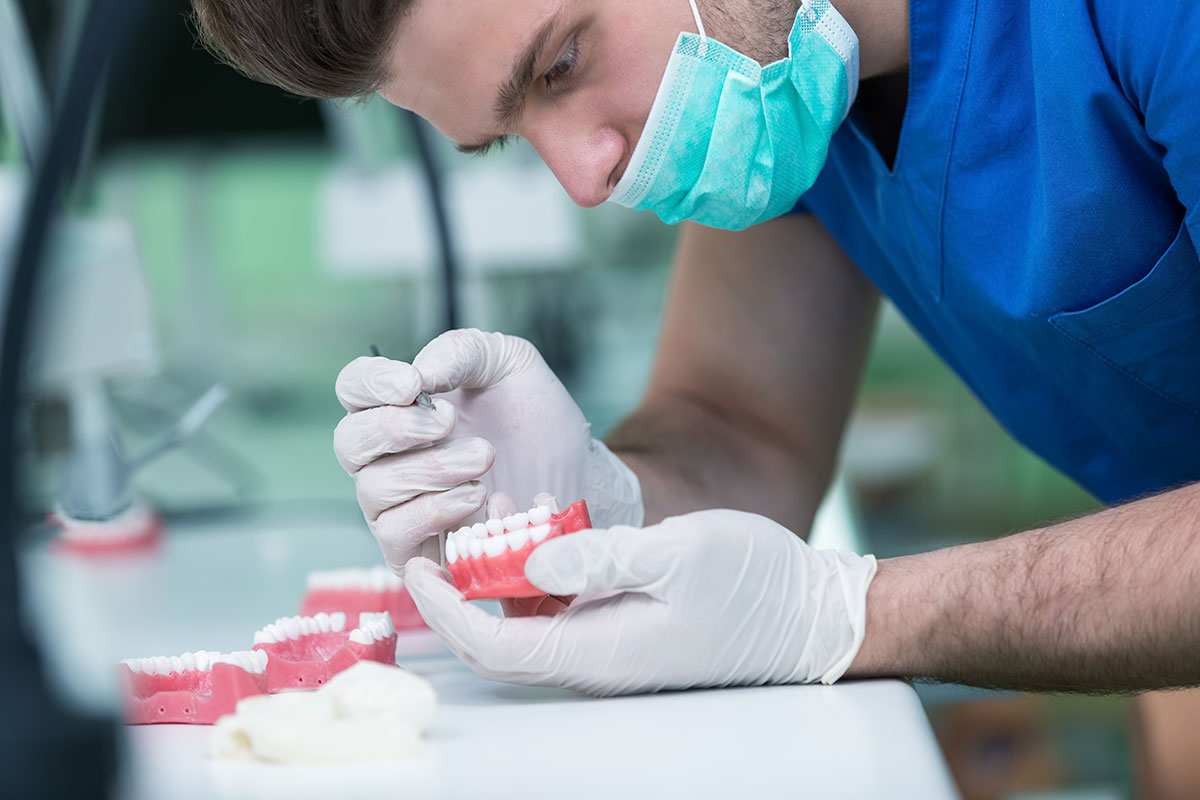
Dentures
A denture is simply an artificial replacement of teeth and surrounding tissues that are missing. Such appliances consist of acrylic plastic, sometimes porcelain, and metal, closely resembling the appearance of gum tissues and teeth.
There are two varieties: partial and complete dentures. The partial one is for those who still have some natural teeth. These dentures, therefore, fill up gaps left by the missing teeth and prevent the rest of your teeth from moving out of place. Complete dentures are those that replace all of your teeth.
Teeth Whitening
Whiter teeth and a more beautiful smile can be successfully achieved in many ways.
In-Office Bleaching: Depending on the suitability of bleaching, our dentist may recommend chairside bleaching. It may involve a couple of visits to the office, as required by this method. Each visit may consume 30 minutes to an hour. The dentist will apply a protective gel or a rubber shield to cover the oral soft tissues during the process. After that, he applies the bleaching agent to the teeth; at times, he uses a special light to enhance its action.
These solutions contain peroxide(s) which in turn bleach the tooth structure. The bleaching solutions, typically in a gel form, are placed in a mouthguard. One can get a custom-fitted mouthguard from a dentist that would exactly fit the teeth and provide a more uniform and effective bleaching.
In-Home Bleaching: Products dispensed for home use are available through your dentist or over the counter from supply houses. While these products have gotten better over the years in terms of their effectiveness and ease of use, professional supervision ensures success with home bleaching. This ensures supervision of proper tray fit, accurate diagnosis of tooth discoloration, monitoring of progress, and handling of any side effects like sensitivity.

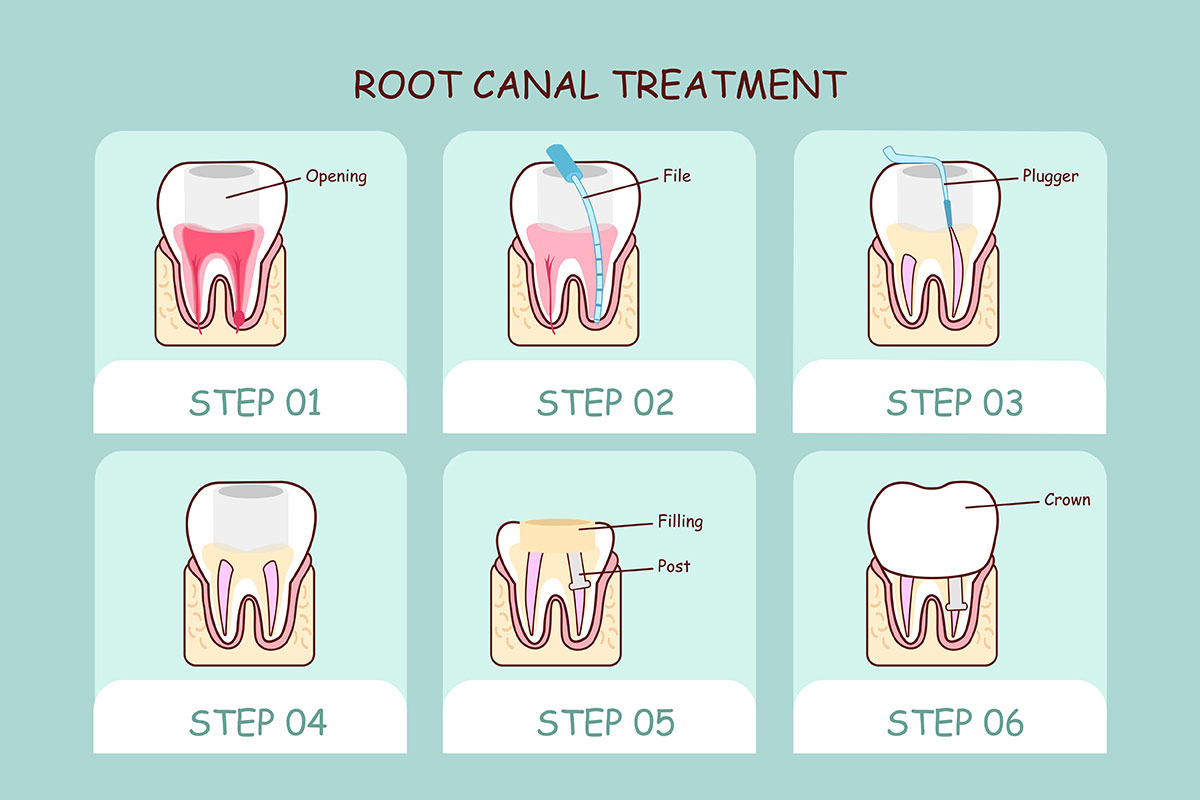
Root Canal
One of the procedures used in dentistry to remove dead/dying pulp and bacteria from within the tooth is a root canal. The procedure is used when the infection baffles the nerve in the root of a tooth, thereby causing pain and swelling in the involved area.
These can be due to cracked teeth, decay, or trauma. A root canal treatment can save the tooth from further deterioration. If left untreated, a tooth can deteriorate to the point where removal is necessary.
Sedation
Sedation dentistry is a process by which relaxed states are created to control fear and pain during dental procedures. There exist several types of sedation applied in dentistry:
Local Anesthesia: This is done by injecting medication right into the tissue or applied topically to remove sensation from the part of a particular area.
Minimal Sedation: This is the most utilized type of sedation in dentistry. Primarily, it involves the oral administration of medication. The patient will be awake, with normal bodily functions and breathing. The patient can respond to verbal commands, though some amnesia about the procedure can be experienced. Nitrous oxide, more popularly known as “laughing gas,” is often administered to achieve this level of sedation, sometimes in conjunction with oral medication.
Moderate Sedation: Induced by medications administered orally or by IV. Patients receiving moderate sedation are awake and respond to touch and verbal commands with all bodily functions intact. Also, they don’t require additional breathing assistance.
Deep Sedation: This can be induced by medication injection, oral medications, and gases. It is not easy to wake up patients on deep sedation, though they may be awakened by some stimulation. Patients at deeper levels may require support for breathing.



